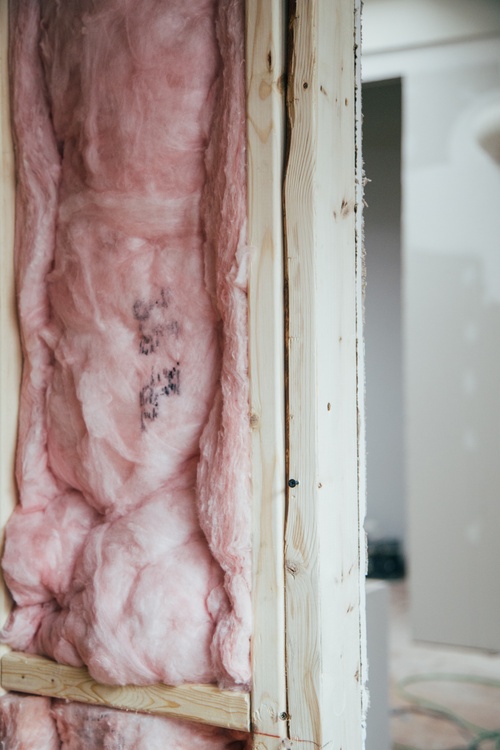As winter approaches, now is a good time to think about insulating your home. Not only will insulation help to increase the comfort of your home by regulating its temperature, it can save you money by drastically cutting down your energy bill and help to reduce your home’s carbon footprint.
But what is the best way to insulate a house?
What Areas of Your Home Need Insulation?
Different areas and elements of your home are responsible for varying amounts of heat loss in winter. In an un-insulated home, winter heat losses are approximately as follows:
Ceiling: 25% to 35%
Walls: 15% to 25%
Floors: 10% to 20%
Windows: 10% to 20%
General Air Leakage: 15% to 25%
As such, if you’re prioritising your insulation budget, opt to insulate the areas that are responsible for the greatest heat loss: ceilings and walls.
The areas of your home that you prioritise when insulating will be determined by your style of home, how old it is, and whether insulation is viable for that area. For example, not all homes have enough room for floor insulation.

Insulation Materials
Typically, different insulation materials are used for different parts of your home. In general, materials for each area include:
Ceiling: polyester, natural wool, glass wool, expandable or extruded polystyrene batts
Wall: rockwool or blown-in cellulose fibre
Floor: polyester, expandable or extruded polystyrene batts
The material that you choose will depend on your home, whether you already have some existing insulation, what your budget is, and whether you’re concerned about your insulation materials’ environmental impact.